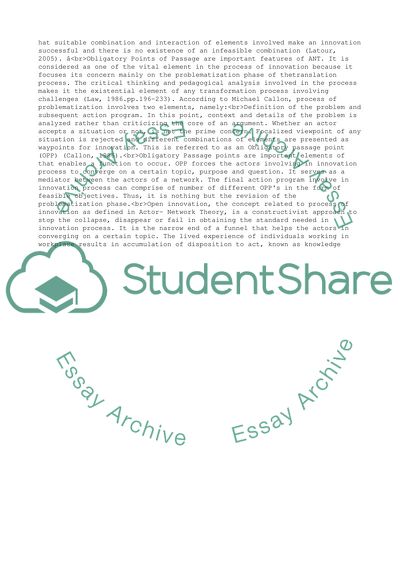Cite this document
(Innovating Essay Example | Topics and Well Written Essays - 2500 words - 2, n.d.)
Innovating Essay Example | Topics and Well Written Essays - 2500 words - 2. https://studentshare.org/business/1810993-innovating
Innovating Essay Example | Topics and Well Written Essays - 2500 words - 2. https://studentshare.org/business/1810993-innovating
(Innovating Essay Example | Topics and Well Written Essays - 2500 Words - 2)
Innovating Essay Example | Topics and Well Written Essays - 2500 Words - 2. https://studentshare.org/business/1810993-innovating.
Innovating Essay Example | Topics and Well Written Essays - 2500 Words - 2. https://studentshare.org/business/1810993-innovating.
“Innovating Essay Example | Topics and Well Written Essays - 2500 Words - 2”. https://studentshare.org/business/1810993-innovating.


